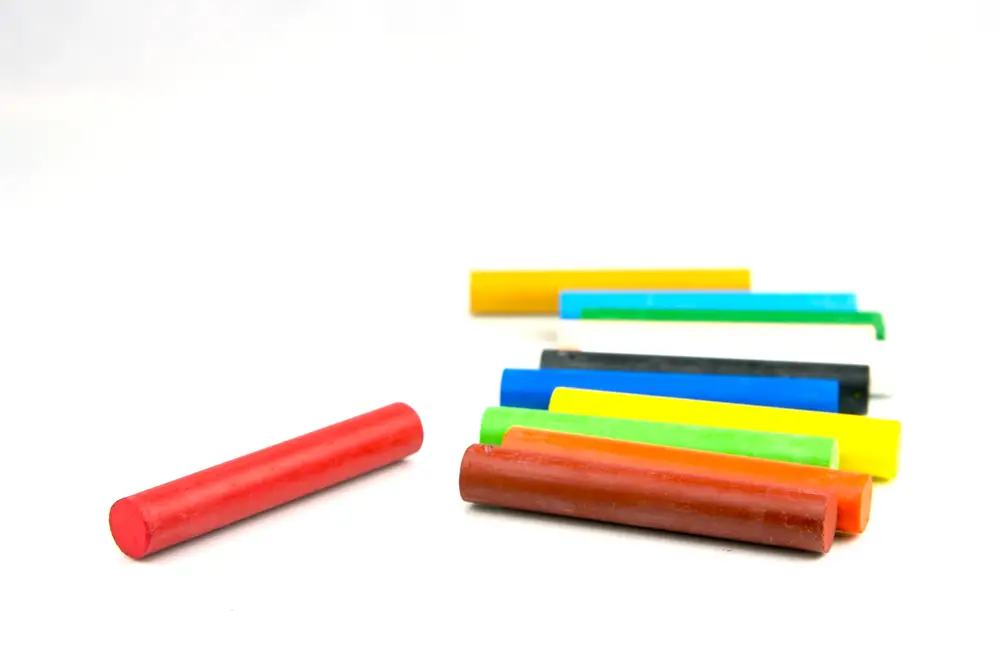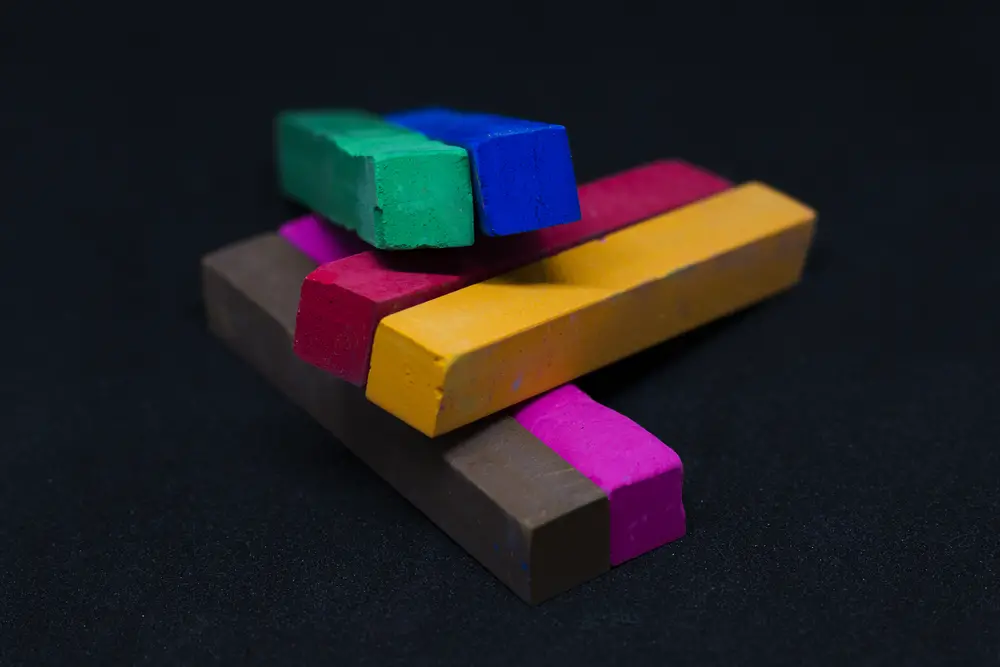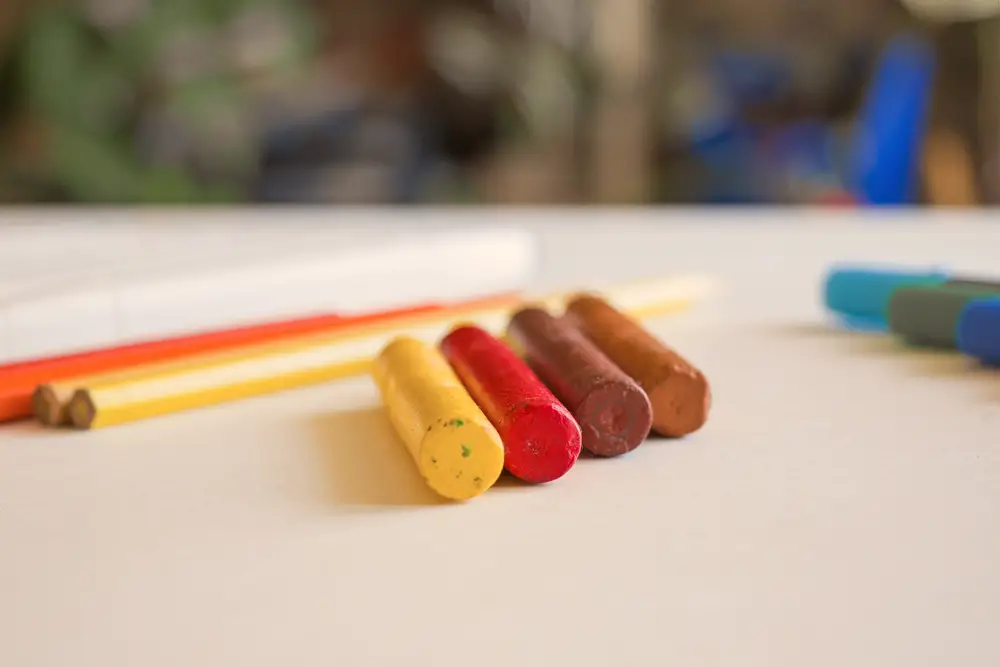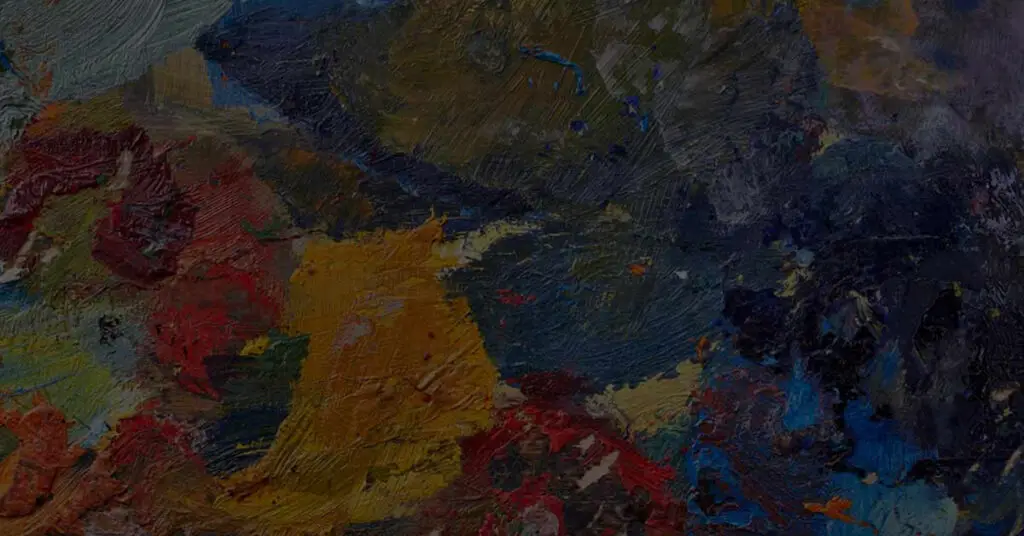Introduction to Oil Pastel Painting: A Comprehensive Guide
If you’ve ever admired the vibrant and expressive nature of oil pastel paintings and wished you could create such art yourself, then you’re in the right place. In this comprehensive guide, we’ll explore everything there is to know about oil pastel painting. You will learn how to choose quality oil pastels, understand the techniques of blending, layering, and creating textures, and explore the process of painting landscapes, portraits, abstract art, and still life with oil pastels. So grab your oil pastels and let’s dive in!
Understanding the Basics of Oil Pastel Techniques
Oil pastel painting is a unique art form that is both accessible for beginners and challenging for experienced artists. The oil pastel technique relies on a mixture of drawing and painting methods. By applying pressure, artists can control the intensity of the color. Light strokes give a translucent feel, while harder pressure produces bold and opaque results. Blending, scumbling, and sgraffito are also key techniques in oil pastel art, allowing artists to create diverse textures and effects.
The Importance of Choosing High-Quality Oil Pastels
One key factor to creating beautiful oil pastel art is the quality of your pastels. High-quality oil pastels have a higher pigment concentration, resulting in vibrant, lasting colors. They’re also softer and easier to blend than their low-quality counterparts. When choosing oil pastels, consider factors like texture, hardness, color vibrancy, and the reputation of the brand. Remember, investing in good quality materials can significantly improve your art experience and results.
Step-by-Step Beginner’s Guide to Oil Pastel Painting
Starting with oil pastels can be a bit daunting, but with some guidance, you’ll find it’s easier than you think. Start by choosing a simple subject and sketching lightly on your paper. Apply your oil pastels in light layers, starting with the lighter colors. Remember, it’s easier to add more color than to take it away! Gradually build up layers, using your fingers, a blending stump, or a cloth to blend colors. Don’t forget to experiment with different techniques like scumbling and sgraffito to create texture and depth.

Exploring Different Surfaces for Oil Pastel Artwork
The surface you choose to work on can greatly affect the look and feel of your oil pastel art. While oil pastels can be used on any surface that grips the medium, there are some favorites among artists. Heavyweight paper with a rough texture is common, as the texture helps hold the pastels. Pastel paper, canvas, and boards are also often used. Experiment with different surfaces to see which one you prefer.
Creating Texture and Layers in Oil Pastel Paintings
In oil pastel painting, texture and layers play a significant role. Layering is achieved by applying different colors on top of each other, and texture is created through different techniques such as scumbling (rubbing a lighter color over a darker one) and sgraffito (scratching into the surface to reveal the lower layer). Exploring these methods allows you to create depth and dimension in your art, enhancing the realism and aesthetic appeal of your work.
Table
| Technique | Description | Effect on Artwork | Best Used For |
|---|---|---|---|
| Blending | Combining colors smoothly | Creates smooth transitions between colors | Gradients, Sky, Water |
| Layering | Applying different colors on top of each other | Adds depth and complexity to the artwork | Detailed areas, Shadow effects |
| Scumbling | Rubbing a lighter color over a darker one | Creates textured, grainy effect | Textured surfaces like grass, fur |
| Sgraffito | Scratching into the surface to reveal the lower layer | Exposes underlayer color, adds texture | Highlighting, Adding intricate details |
The Role of Underpainting in Oil Pastel Art
Underpainting is a method where an initial layer of paint is applied to provide a base for subsequent layers. In oil pastel art, this technique helps set the tone of your painting. By choosing a certain color for your underpainting, you can influence the mood and atmosphere of the final piece. This layer also provides a roadmap of lights and darks that guide the artist in further applications of color.
Famous Artists Who Use Oil Pastels and Their Influence
Many renowned artists have left their mark on the world of oil pastel painting, and their work serves as inspiration for budding artists. Edgar Degas, for instance, was a pioneer in utilizing pastels, and his innovative techniques continue to influence modern pastel artists. Contemporary artists like Richard McKinley and Nathan Fowkes also use oil pastels to create vibrant and emotive art, demonstrating the limitless potential of this versatile medium.
How to Preserve and Frame Oil Pastel Paintings
Once you’ve created your oil pastel masterpiece, it’s crucial to preserve it properly. Because oil pastels never fully dry, they can smudge or smear easily. To protect your artwork, you can use a fixative spray that provides a protective layer. However, this may darken or alter colors slightly, so test it first on a separate piece. When framing, it’s recommended to use a spacer or mat to keep the artwork from touching the glass.

Practical Tips for Oil Pastel Painting: Avoiding Common Mistakes
To avoid common pitfalls in oil pastel painting, keep these practical tips in mind. Work from light to dark, as it’s easier to add depth than to lighten colors. Be mindful of your hand placement to prevent smudging, or use a piece of paper as a barrier. Embrace the boldness of oil pastels – don’t be afraid to apply color liberally and create strong contrasts.
In-depth Analysis: The Difference between Oil Pastels and Soft Pastels
While oil pastels and soft pastels may look similar, they have key differences. Oil pastels, as the name suggests, are made with oil and wax, making them creamy and less powdery. They also tend to be more vibrant and provide a rich, paint-like quality. Soft pastels, on the other hand, are made with gum or resin and are dustier and more delicate. They offer a more traditional, dry pastel look and feel.
The Environmental Impact of Oil Pastels: How to Choose Eco-Friendly Products
Art can be eco-friendly too! When choosing oil pastels, opt for brands that prioritize sustainable manufacturing processes and use non-toxic, natural ingredients. Look for clear labeling regarding environmental safety. Many reputable art supply companies are making efforts to reduce their environmental footprint, so finding environmentally friendly options has become easier.
Exploring Abstract Art with Oil Pastels: Techniques and Tips
Oil pastels are perfect for creating abstract art due to their versatility and ease of blending. Start with a basic understanding of color theory, as this will guide your selection and application of color. Play with different shapes, lines, and textures. Remember, abstract art doesn’t have to represent anything specific – it’s about expressing emotion and creating a certain feeling.
Oil Pastel Landscape Painting: Creating Scenic Artwork
Landscape painting with oil pastels allows you to capture the beauty of nature in a unique and vibrant way. Start with a light sketch of your landscape, marking out the major elements. Use the layering technique to build up your colors, creating depth in your scenery. Blending can be used to create smooth transitions between elements such as the sky and the land. Don’t forget to add details like trees, buildings, or reflections on water to bring your landscape to life.
Oil Pastel Portrait Painting: Capturing Emotions and Details
Oil pastels are an excellent medium for portrait painting. They allow you to capture not only the physical details but also the emotional depth of your subject. Start by sketching out the basic shape of the face and features. Apply your pastels in layers, starting with the skin tones. Use blending to smooth out these layers and create realistic skin textures. Pay attention to the light and shadows to add dimension to the face.
Working with Mixed Media: Oil Pastels in Combination with Other Art Supplies
Combining oil pastels with other art mediums can produce interesting results. Oil pastels can be used with acrylics, watercolors, oil paints, or even collage materials. Remember, the key to successful mixed media art is understanding how different mediums behave and interact. Always experiment with different combinations on a scrap piece of paper before applying them to your main artwork.
Mastering the Art of Still Life Painting with Oil Pastels
Still life painting is a great way to practice your oil pastel skills. It allows you to study objects in detail and understand how light and shadow work. Choose simple objects for your still life and arrange them in a way that creates an interesting composition. Start by sketching your objects and then layer your oil pastels to build color and texture. Consider your light source and use this to add shadows and highlights.
Improving Your Skills: Participating in Oil Pastel Painting Workshops
To further improve your oil pastel painting skills, consider participating in workshops. These offer guided practice, professional tips, and feedback on your work. Workshops can be found in local community centers, art schools, and online. They cater to all skill levels, so whether you’re a beginner or an experienced artist, there’s always more to learn.
Online Resources and Tutorials for Oil Pastel Artists
The internet offers a wealth of resources for oil pastel artists. There are online tutorials that guide you through different techniques and projects. Art blogs and forums provide valuable tips and a chance to interact with other artists. Social media platforms like Instagram and Pinterest are also great for finding inspiration. Always be open to learning, and don’t hesitate to share your work and ask for feedback.
Beyond the Canvas: Exploring More with Oil Pastels
While we have covered a lot in this guide, there are always more dimensions to explore in the realm of oil pastel painting. Here are some additional avenues to consider:
Using Oil Pastels for Large-Scale Artworks
Oil pastels aren’t just for small, intricate pieces; they can also be used for large-scale artworks. This opens up a whole new level of expression and challenges that can push your artistic abilities.

Creating Art with Oil Pastels on Unconventional Surfaces
From fabric to wood and even metal, oil pastels can adhere to a variety of surfaces. Each presents a unique texture and feel that can add another layer of complexity to your artwork.
Incorporating Oil Pastels into Art Therapy
Art can be therapeutic, and oil pastels, with their tactile nature and vibrant colors, can be especially beneficial in art therapy. If you’re a therapist or interested in self-care, it might be worth exploring how oil pastels can contribute to therapeutic practices.
Conclusion
In this comprehensive guide, we’ve explored the captivating world of oil pastel painting. We’ve examined the techniques, considered the importance of high-quality materials, and looked at how to create different types of artwork, from abstract to portraits to landscapes. We’ve also explored the environmental considerations of using oil pastels, and highlighted the resources available to you online and in workshops. As with any art form, oil pastel painting is a journey of continual learning and exploration. So take your oil pastels, let your creativity guide you, and see where your artistic journey takes you next!



















